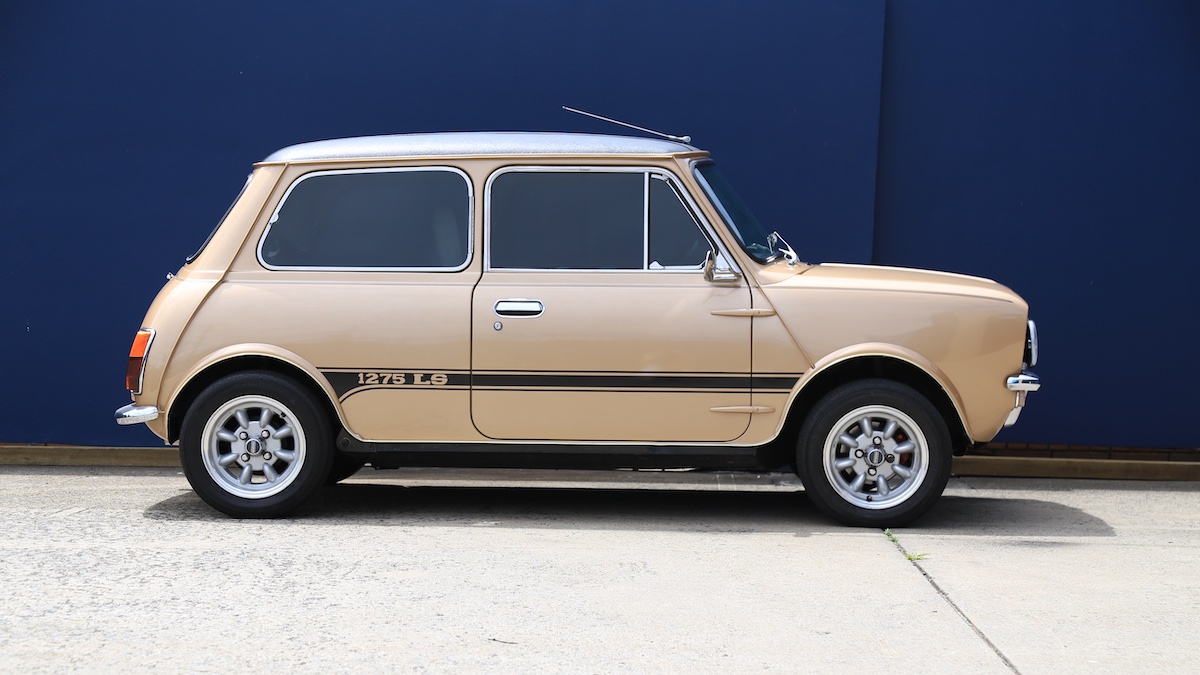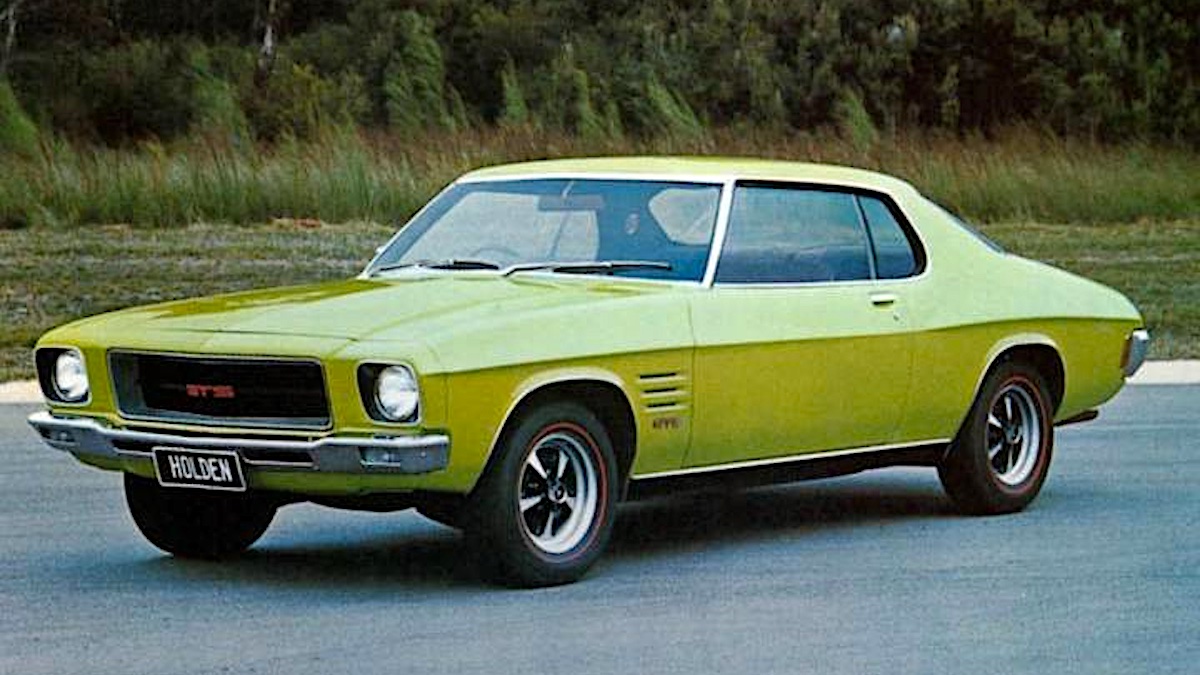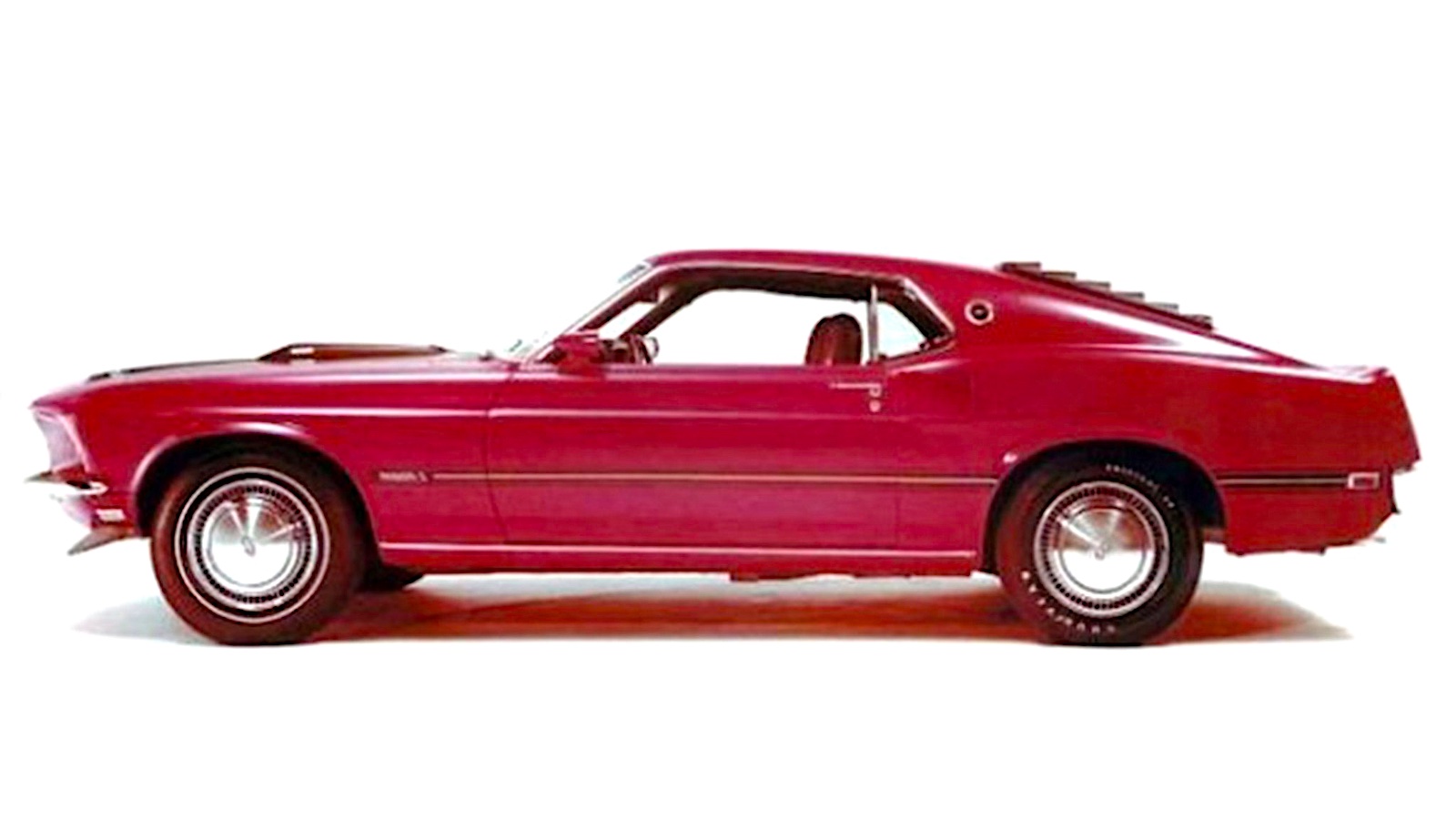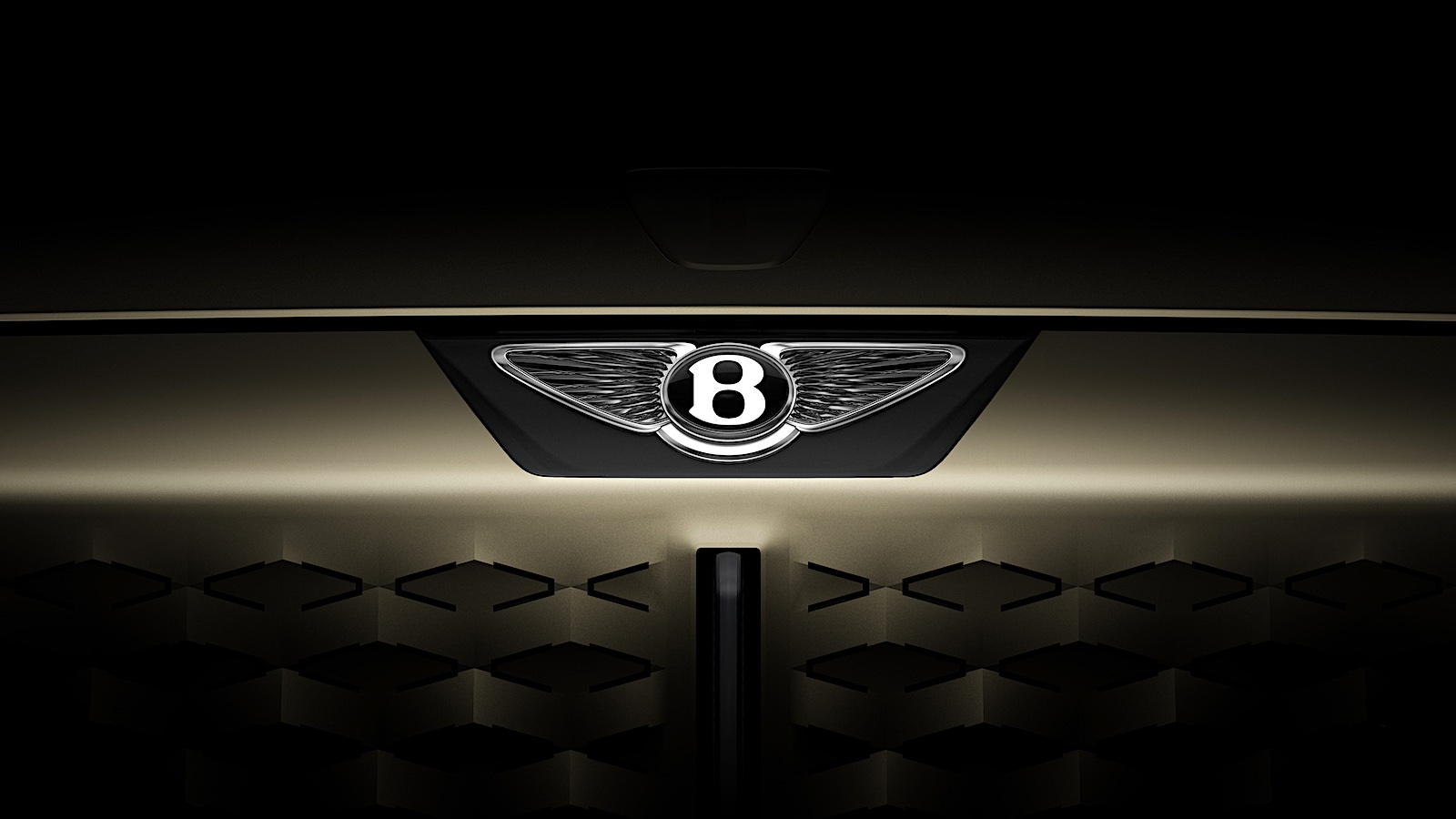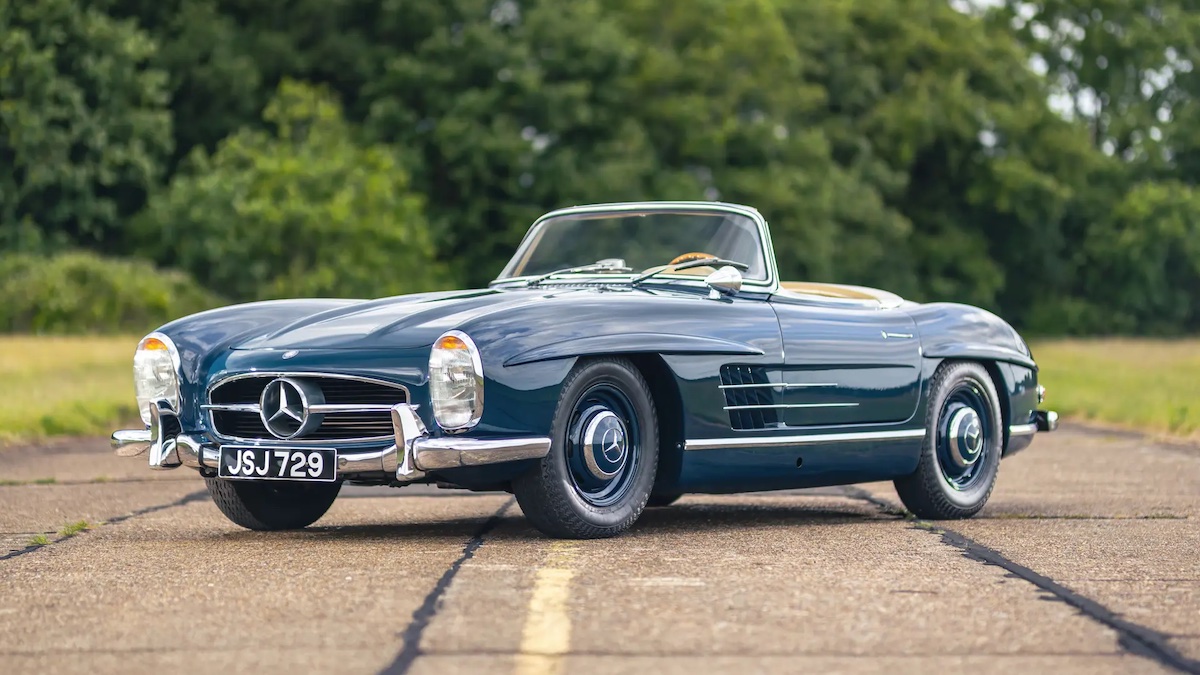Australia enthusiastically embraced the BMC Mini from the moment it first arrived in 1961. A decade later, the shape had changed somewhat and the spartan Mini became more habitable.
During the 1970s, Australia built numerous versions of the car called the Mini Clubman. Identifiable by their square-edged nose which provided extra under bonnet space and improved engine cooling, Clubmans were sold here in sedan and panel van body styles.
Ditched in conjunction with the short-lived Clubman GT was Hydrolastic suspension – a system that transferred fluid between the front and rear wheels to create a coordinated suspension response – which had been used since 1962 by various BMC models. Its passing was not mourned by Mini fans who welcomed a return to designer Alec Issigonis’ less problematic rubber cone design.
Financial trouble brought further downgrading of the Mini and when Leyland’s local manufacturing facility in the Sydney suburb of Zetland was sold in 1974, requiring production relocating to nearby Enfield, the 1.1-litre engine was replaced by a 29kW, 1.0-litre unit. Front disc brakes that had previously been fitted to ‘S’ versions were also downgraded to all-wheel drums.
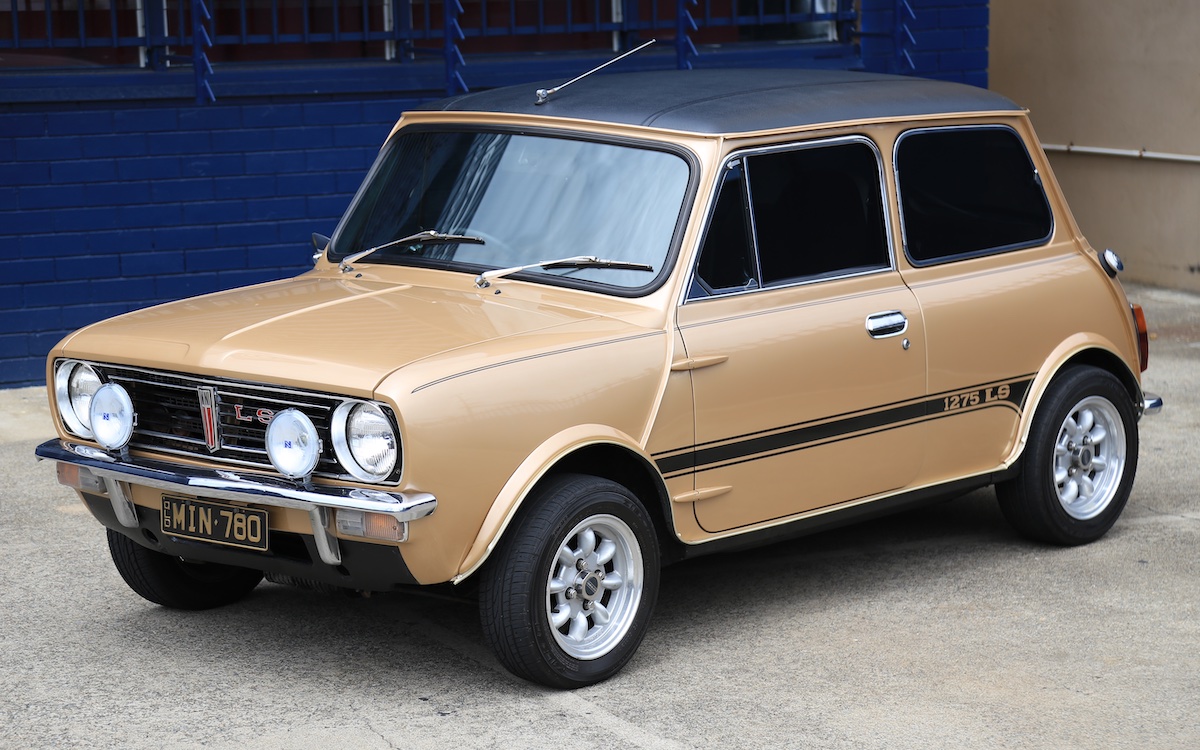
With the design heading for its 20th anniversary and Leyland UK committed to a new Metro model, Australia’s Clubman was ready for its swansong. After building 500 metallic blue SS cars with 1.0-litre engines during 1977, Leyland gave the model a fitting farewell with a uniquely Australian 1275 LS.
Built in gold or silver metallic colours and sold during late 1978, the LS had 12-inch pressed steel wheels, a 1275cc 40kW engine, front disc brakes, cloth trim and a 34-litre fuel tank.
Great handling was a trait that made the Mini worth owning, but early ones were quite strange to drive. The steering wheel in 1970s cars sat more upright than in BMC models but retained 2.3 turns lock-to-lock which helped when flicking the flying ‘Brick’ through tight bends.
Although prices have climbed significantly during the past decade, 1970s Minis remain relatively affordable. A 1.1-litre Clubman S in fair condition should cost $12,000, with high quality cars costing double that amount.
Rarer still are 1275 LS survivors, thanks to scarce specialised parts and high restoration costs. But if found, a very good car should achieve $30,000.
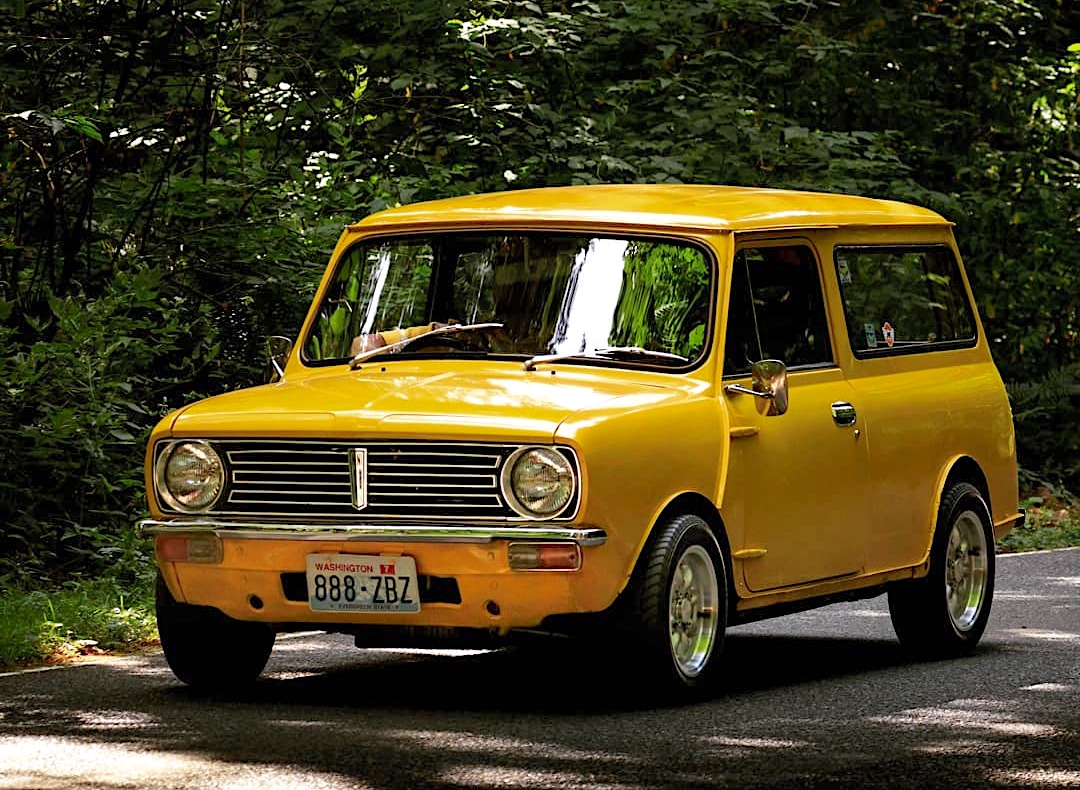
Things To Watch Out for When Buying a Used Leyland Mini Clubman (1971-79)
- Structural rust that can be uneconomic to repair
- Engine overheating and contaminated oil
- Gearbox noise and difficulty down-changing
- Hydrolastic suspension failures in early cars
- Movement of subframes due to rusted or worn mountings
- Worn trim in an LS which is difficult to find
- Faulty fuel gauge and broken indicator stalk
Valuation Timeline: Leyland Mini Clubman (1971-79)
- 1995: $4000
- 2005: $4000
- 2010: $6800
- 2014: $11,000
- 2019: $17,500
- 2024: $23,500 (Clubman S)
Retro Rides’ Investment Rating
- 5/10

